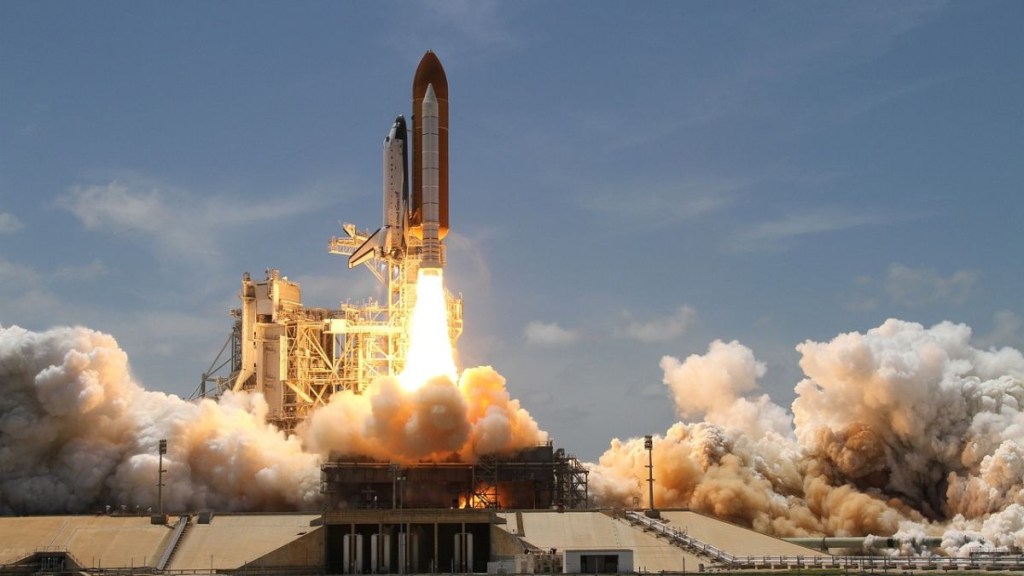While India’s moon mission Chandrayaan-3 has captured attention around the globe, the contrasting trajectories between New Delhi and Islamabad have sparked curiosity. The two nuclear-armed neighbours that share same cultural heritage, in 2023, these nations’ paths have sharply diverged both on Earth and in space
Initially, Pakistan held an advantage over India in space endeavors, launching a sounding rocket into orbit in 1962—a significant achievement in Asia. However, a shift towards a military-theocratic government altered the course. Renowned nuclear physicist Sultan Bashiruddin Mahmood introduced unconventional ideas, such as using mythical djinns for energy generation, while scientist Samar Mubarak Mand narrated a miraculous food pot incident. Meanwhile, Salim Mehmud, once head of Pakistan’s space agency, explored the connection between space travel and miracles.
Pakistan’s initial progress was aided by its association with the United States. Collaborations resulted in launching the Rehbar-I sounding rocket for atmospheric research. The US even considered Pakistan as a lunar mission site. Over a decade, Pakistan launched several sounding rockets with US and China support. However, the 1970s saw the program stagnate.
Key figure Abdus Salam led various scientific projects, elevating Pakistan’s position. He established the Karachi Nuclear Power Plant and facilitated a research reactor acquisition from the US, contributing significantly to Pakistan’s nuclear capabilities. However, political and religious turmoil led Salam to leave for England, impacting scientific progress.
After Bhutto’s regime reclassified Ahmadiyya as non-Muslims, Salam, inadvertently belonging to the community, fled and became a vocal critic. Subsequent president Gen Zia-ul-Haq sought legitimacy through religious leaders, introducing the era of ‘miracle scientists.’ Salam decried the manipulation of Islamic science, lamenting its fraudulent nature.
Zia’s focus shifted from space exploration to nuclear development, echoing Bhutto’s vow of nuclear pursuit even if it meant adversity. India’s Aryabhata satellite launch in 1975 contrasted with Pakistan’s delayed Badr-I launch, marking a significant gap. Today, Pakistan significantly lags behind India in space achievements and technological innovation.
Pakistan’s economic struggles and political instability hinder its ability to compete with India in space and technology. India’s thriving IT industry and robust space program have propelled it forward. As Pakistan faces insurmountable challenges, a true transformation is required to bridge the gap, a far cry from the pseudo-scientific ‘miracles’ of Zia’s era.

